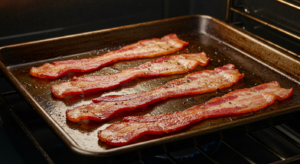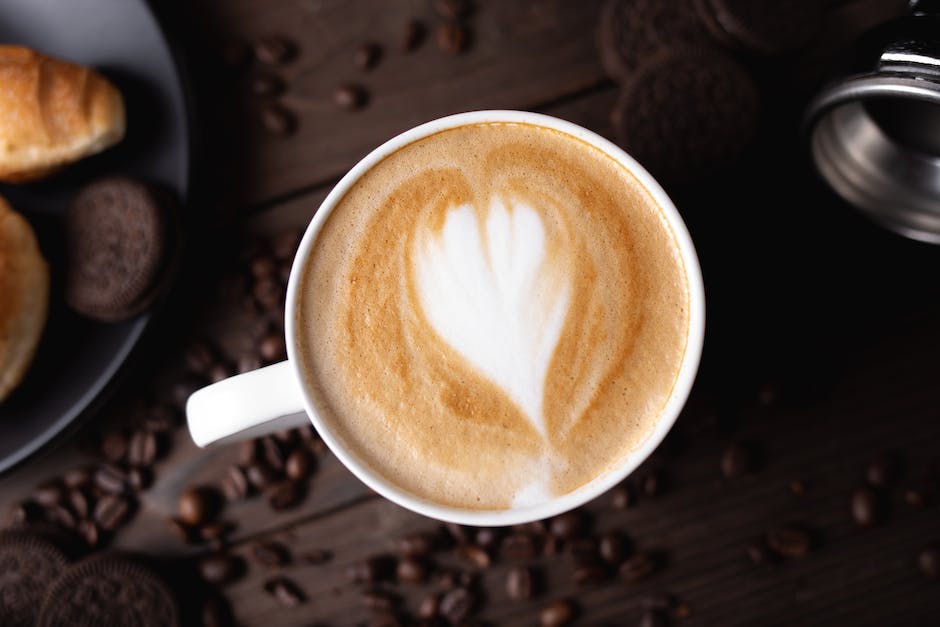
Understanding the Caffeine Content in Chocolate
Just like a shot of espresso or a brewed coffee, chocolate, too, contains caffeine, albeit in varying amounts. The level of caffeine largely depends on the type of chocolate and its composition. The caffeine content in chocolate traces back to the cocoa beans used in its manufacture.
Cocoa beans are native to regions like Ecuador, Venezuela, and Peru and contain around 0.1% to 0.7% caffeine. When turned into chocolate, a small percentage of caffeine remains, the amount of which varies based on the type of chocolate, processing methods, and the concentration of cocoa solids used.
Role of Cocoa Beans and Cacao Beans
Both cocoa beans and cacao beans are important in determining the caffeine content in chocolate. Cocoa beans undergo a roasting process, whereas less processed cacao beans are raw and retain more caffeine. Both are crucial chocolate ingredients originating from the same plant, contributing to the caffeine content in chocolate.
Typically, cacao beans have a slightly higher concentration of caffeine. Therefore, chocolates made from cacao beans could possess a higher caffeine content compared to those made from cocoa beans.
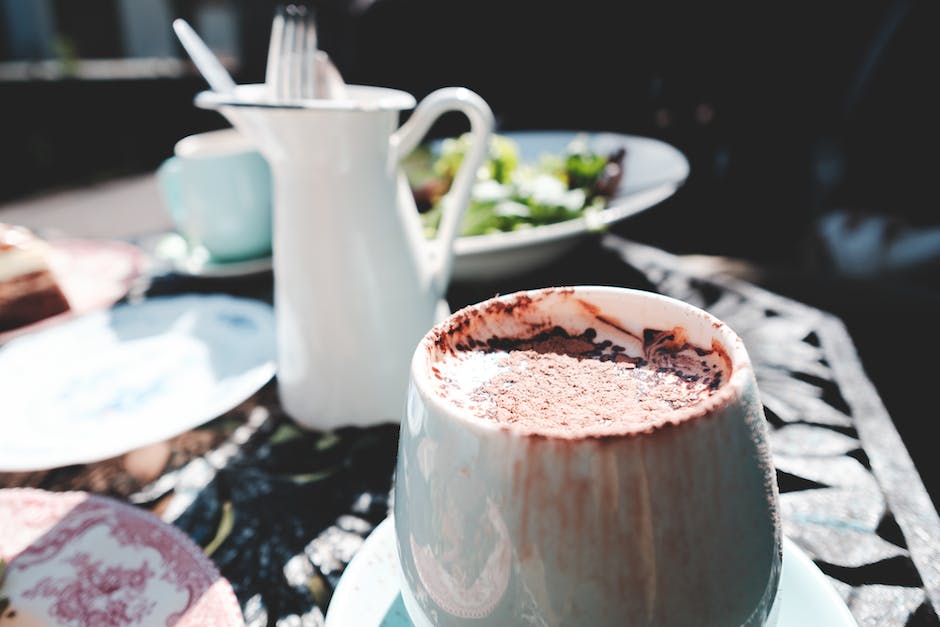
Influence of White Chocolate against Darker Chocolates
It’s important to note that the level of caffeine in white chocolate is insignificant compared to darker varieties. The reason is that white chocolate doesn’t contain any cocoa solids, the key contributor of caffeine.
In contrast, milk chocolate and dark chocolate contain cocoa solids and hence, have higher caffeine levels. The darker the chocolate, the higher the caffeine content, with pure dark chocolate bar being the topmost in the list.
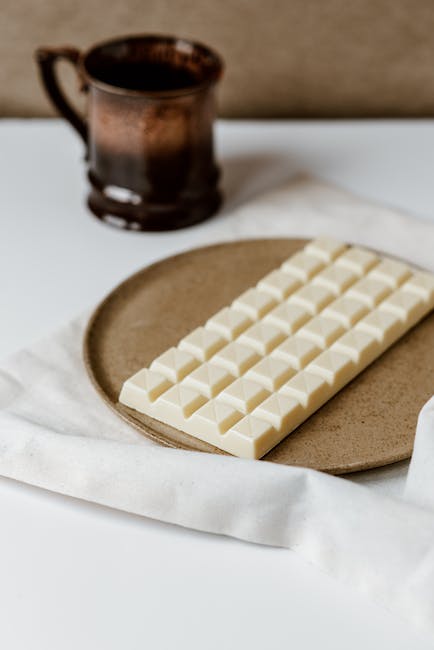
Is Chocolate Comparable to Coffee in Terms of Caffeine?
Chocolate compared to coffee, in relation to their caffeine content, doesn’t match. A shot of espresso or a plain brewed coffee tends to contain considerably more caffeine than chocolate. Even the highest caffeine-loaded dark chocolate bar won’t contain as much caffeine as a cup of coffee.
The caffeine content in chocolate isn’t sufficient to replace a coffee drinker’s daily caffeine fix. However, sensitive individuals could experience caffeine side effects from consuming chocolate in large quantities.

Factors Influencing Caffeine Content in Dark Chocolate
In dark chocolate, quantity matters. The amount of caffeine depends on the amount of dark chocolate consumed. A more substantial serving will have a higher level of caffeine. A small, single serving of dark chocolate might contain between 5 and 20 mg of caffeine, depending on its darkness.
The other crucial factor influencing the caffeine content is the concentration of cocoa solids. Higher the percentage of cocoa solids, more the caffeine.

Role of Cocoa Butter in Chocolate
Cocoa butter doesn’t affect the caffeine content in chocolate. It’s a type of fat derived from cocoa beans used to give chocolate its creamy, melt-in-your-mouth texture.
While cocoa butter plays a significant role in the flavor and texture of the final product, it doesn’t contribute to the caffeine content in chocolate. Thus, chocolates with a high or low cocoa butter proportion would essentially have the same caffeine content, given the same cocoa solid concentration.
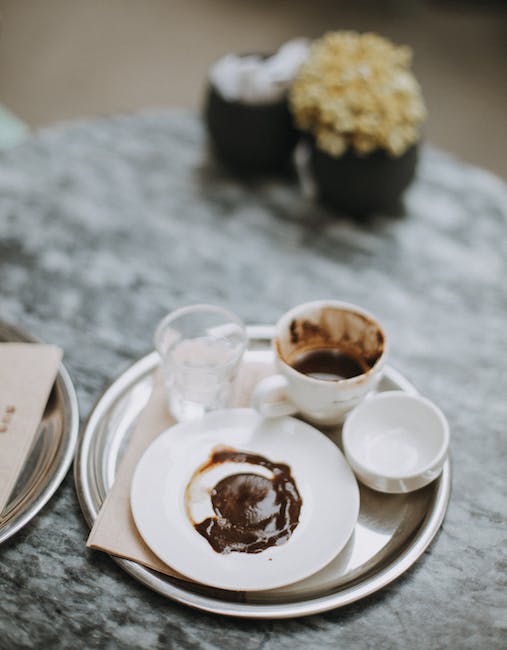
Caffeine Content Varies with Type of Chocolate
The caffeine content in chocolate significantly depends on the type of chocolate. For instance, dark chocolate, especially with a high percentage of cocoa solids, will contain more caffeine than milk or white chocolate.
Remember, as the *chocolate gets darker and the percentage of cocoa increases, the caffeine content also rises. Keeping this in mind will help you manage your caffeine intake if necessary.
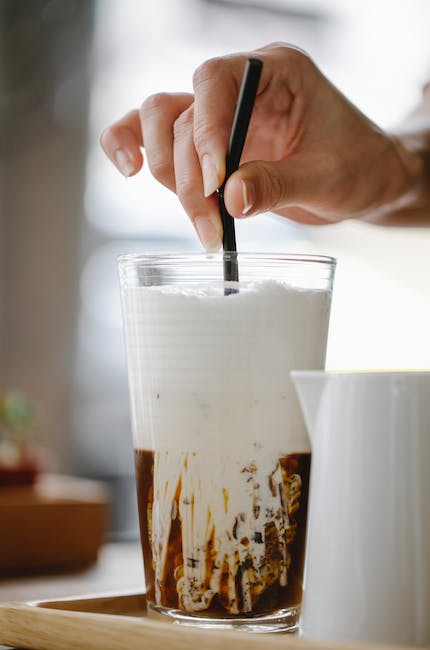
The Final Say: Evaluating the Caffeine Content in Chocolate
How much caffeine in chocolate? The answer is not a flat value, but it depends on the type and amount of chocolate eaten. Milk chocolate and white chocolate contain much less caffeine than a dark chocolate bar.
Always remember that even though chocolate has caffeine, it’s not substantial to provide the same kick as coffee or tea. So, if you’re sensitive to caffeine, you may enjoy a serving of dark chocolate without worrying much about excess caffeine intake.
What contributes to the caffeine content in chocolate?
The primary contributor to the caffeine content in chocolate is the cocoa beans used in its manufacture. The level of caffeine depends on the type and amount of chocolate consumed.
How does the level of caffeine in chocolate compare to a shot of espresso?
Even the highest caffeine-loaded dark chocolate bar won’t contain as much caffeine as a shot of espresso or a cup of brewed coffee.
Are there any effects of cocoa butter on caffeine levels in chocolate?
Cocoa butter doesn’t affect the caffeine content in chocolate. It’s a type of fat derived from cocoa beans used to enhance the flavor and texture of the chocolate.
How much caffeine can be found in a serving of dark chocolate?
A small, single serving of dark chocolate might contain between 5 and 20 mg of caffeine, depending on its darkness.
Do milk chocolate and white chocolate have the same caffeine content as dark chocolate?
Milk and white chocolates contain much less caffeine than dark chocolate. This is because dark chocolate contains a higher percentage of cocoa solids which contribute to higher caffeine levels.
Why does the caffeine content in chocolate depend on the type of chocolate?
The caffeine content in chocolate depends on the type of chocolate because different types of chocolate have varying quantities of cocoa solids, the primary source of caffeine.
What is the role of cocoa beans in chocolate production?
Cocoa beans are the base ingredient in chocolate production. They contribute to the texture, flavor, and caffeine content in the chocolate.
What is the role of cacao beans in chocolate production?
Cacao beans, being less processed than cocoa beans, retain more caffeine and contribute significantly to the chocolate’s caffeine content.
Are the darker the chocolate, the higher its caffeine content?
Yes, the darker the chocolate, the higher its caffeine content. This is because darker chocolates contain a higher percentage of cocoa solids, which contain caffeine.
Is there any caffeine in white chocolate?
White chocolate contains negligible caffeine content. This is because it does not contain any cocoa solids, which are the main source of caffeine in chocolate.



